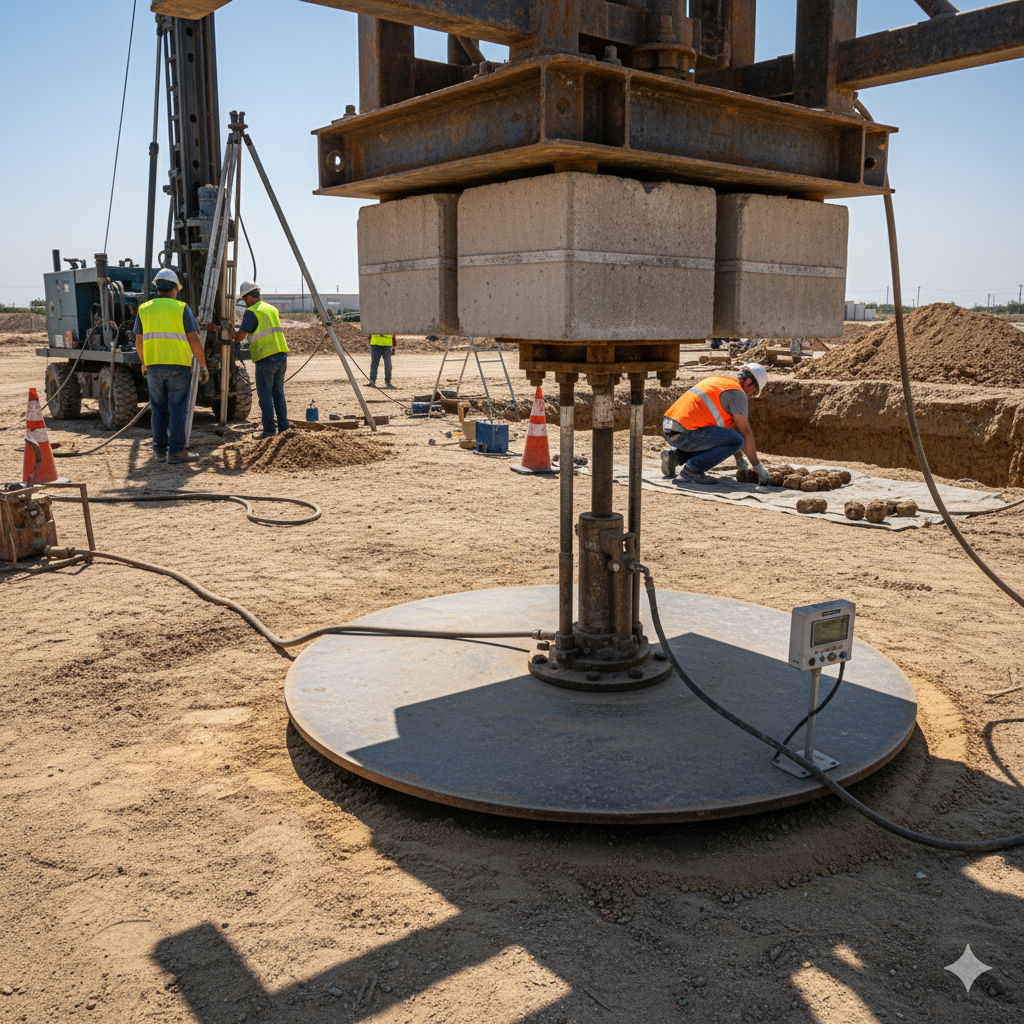Introduction
When people ask me what civil engineering really means, I always tell them — it’s not just about concrete and steel; it’s about creating the world we live in. From the roads we travel to the buildings we work in, every structure begins with an idea — and it’s the civil engineer’s job to turn that idea into reality. Let us discuss the core branches of civil engineering today.
I think of civil engineering as the foundation of modern civilization, and to understand it properly, we need to look at its core branches. Each branch focuses on a different aspect of building and maintaining our infrastructure.

1- Structural Engineering
This is the branch I personally find most fascinating. Structural engineering is all about ensuring that a building, bridge, or tower stands safely and withstands loads like wind, earthquakes, and its own weight.
As I see it, a structural engineer is like a doctor for buildings — we calculate, analyze, and design every element so that the structure stays strong for decades.
In the UAE, for example, structural engineers play a key role in high-rise design, using advanced materials and software like ETABS or SAFE.

2- Geotechnical Engineering
Before a structure rises above the ground, we need to understand what lies beneath it — that’s where geotechnical engineering comes in.
This branch deals with soil behavior, bearing capacity, and foundation design. I always tell new engineers that even the best design will fail if the ground beneath it isn’t properly studied.
In simple words — geotechnical engineers make sure the earth is ready to carry your dream structure.

3- Environmental Engineering
As engineers, we’re also responsible for protecting the planet. Environmental engineering focuses on waste management, water treatment, pollution control, and sustainable design.
I believe this branch is one of the core branches of civil engineering which will keep growing rapidly — especially in the Middle East, where water conservation and eco-friendly construction are becoming essential.

4- Transportation Engineering
Every time you drive on a smooth road or cross a perfectly aligned bridge, thank a transportation engineer.
This branch ensures safe and efficient movement of people and goods — from designing highways and intersections to managing traffic signals and public transport systems.
Having worked in the UAE, I’ve seen how transportation planning transforms entire cities. It’s not just roads — it’s about improving how life moves.

5- Water Resources Engineering
Water is life — and this branch makes sure it’s managed wisely.
Water resources engineers work on dams, drainage systems, canals, and flood control projects. They also ensure water reaches homes and industries without wastage.
I think this field is is one of the core branches of civil engineering which is both challenging and rewarding, especially in regions where water scarcity is a real issue.

6- Construction & Management Engineering
This is where design meets reality. Construction and management engineers handle site execution, scheduling, budgeting, and coordination between teams.
In my experience, this branch is one of the core branches of civil engineering that teaches you the most about leadership and decision-making. No matter how perfect a design is, it takes strong management to bring it to life.

Final Thoughts
Civil engineering is vast — but each branch connects to the other like gears in a machine. As an engineer, I believe understanding all branches gives you a complete picture of how the world around us functions.
Whether you’re a student choosing your specialization or a professional exploring new opportunities, start by learning these fundamentals. Because once you understand the foundation, you can build anything.
If you would like to read more about Civil Engineering related content, head to the Blog page now to discover more.
Leave a Reply